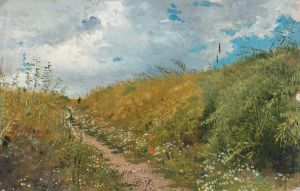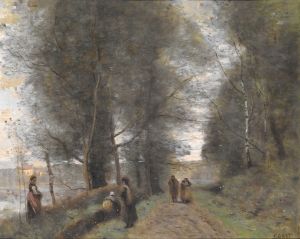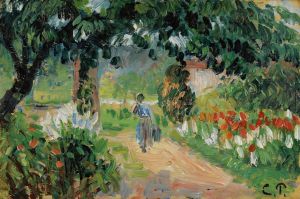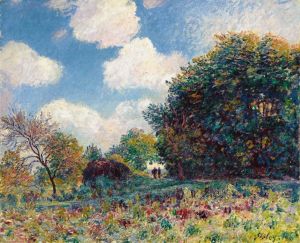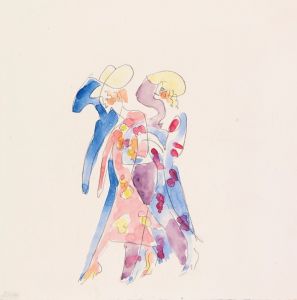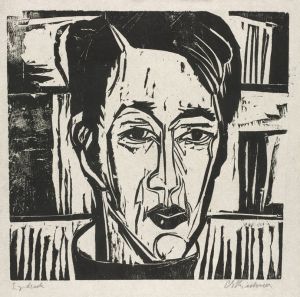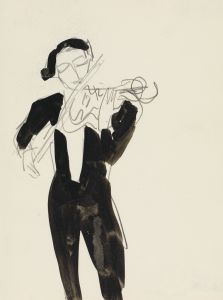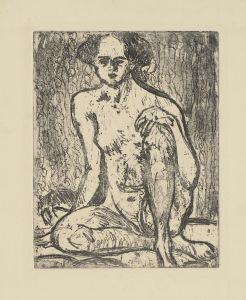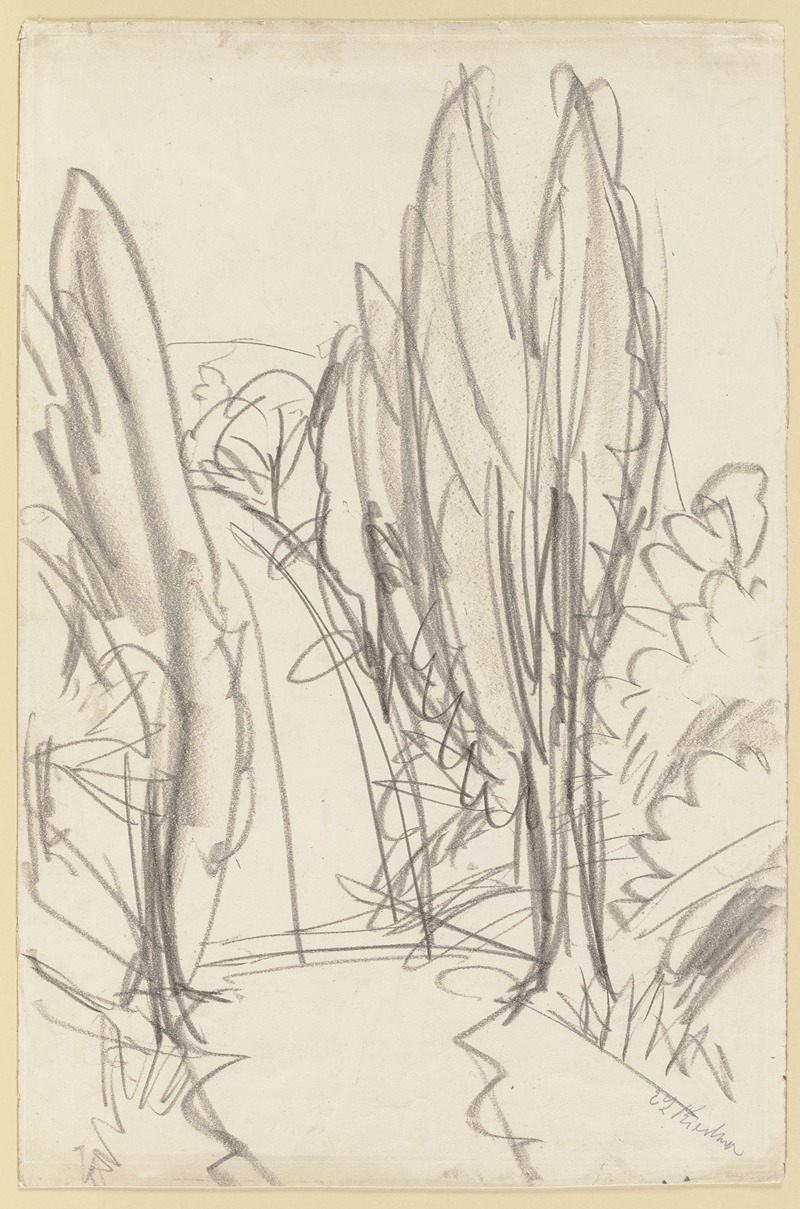
Road in the Taunus
A hand-painted replica of Ernst Ludwig Kirchner’s masterpiece Road in the Taunus, meticulously crafted by professional artists to capture the true essence of the original. Each piece is created with museum-quality canvas and rare mineral pigments, carefully painted by experienced artists with delicate brushstrokes and rich, layered colors to perfectly recreate the texture of the original artwork. Unlike machine-printed reproductions, this hand-painted version brings the painting to life, infused with the artist’s emotions and skill in every stroke. Whether for personal collection or home decoration, it instantly elevates the artistic atmosphere of any space.
"Road in the Taunus" is a painting by the German expressionist artist Ernst Ludwig Kirchner, created in 1906. Kirchner was a founding member of the influential art group Die Brücke (The Bridge), which played a pivotal role in the development of Expressionism in the early 20th century. This movement sought to convey emotional experience rather than physical reality, often through bold colors, dynamic compositions, and a departure from traditional artistic techniques.
The painting depicts a scene from the Taunus, a mountain range in Hesse, Germany. This region is known for its picturesque landscapes, which have inspired many artists. Kirchner's choice of the Taunus as a subject reflects his interest in capturing the natural world and the emotional responses it evokes. The painting exemplifies Kirchner's early style, characterized by vibrant colors and expressive brushwork, which convey a sense of movement and vitality.
In "Road in the Taunus," Kirchner employs a vivid color palette, using contrasting hues to create a dynamic composition. The road in the painting serves as a central element, leading the viewer's eye through the landscape. This compositional technique is typical of Kirchner's work, as he often used roads, paths, or rivers to guide the viewer's gaze and create a sense of depth. The surrounding trees and foliage are rendered in bold, exaggerated forms, emphasizing the emotional impact of the scene rather than its realistic details.
Kirchner's work during this period was heavily influenced by the Fauvist movement, particularly the works of Henri Matisse and André Derain, who also used intense colors and simplified forms to express emotion. Additionally, Kirchner and his Die Brücke colleagues were inspired by non-Western art forms, including African and Oceanic art, which they admired for their perceived authenticity and emotional directness. These influences are evident in Kirchner's use of color and form in "Road in the Taunus."
The painting reflects Kirchner's broader artistic goals, which included a desire to break away from the academic traditions of the time and to create art that was more in tune with modern life and its complexities. By focusing on the emotional and psychological aspects of his subjects, Kirchner sought to capture the essence of the human experience in a rapidly changing world.
"Road in the Taunus" is part of Kirchner's early body of work, which laid the foundation for his later, more mature style. Throughout his career, Kirchner continued to explore themes of nature, urban life, and the human condition, often drawing on his personal experiences and struggles. His work remains highly regarded for its innovative approach and its ability to convey the emotional intensity of the early 20th century.
Today, Kirchner is recognized as one of the leading figures of German Expressionism, and his works are held in major collections worldwide. "Road in the Taunus" is an important example of his early exploration of color, form, and emotion, and it continues to be studied and appreciated for its contribution to the development of modern art.





